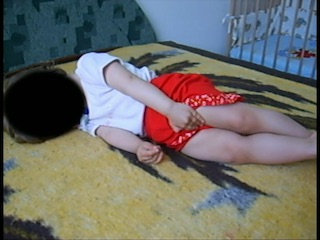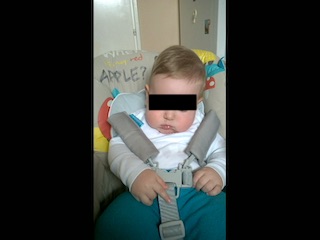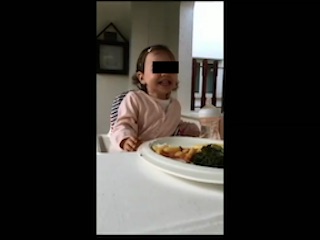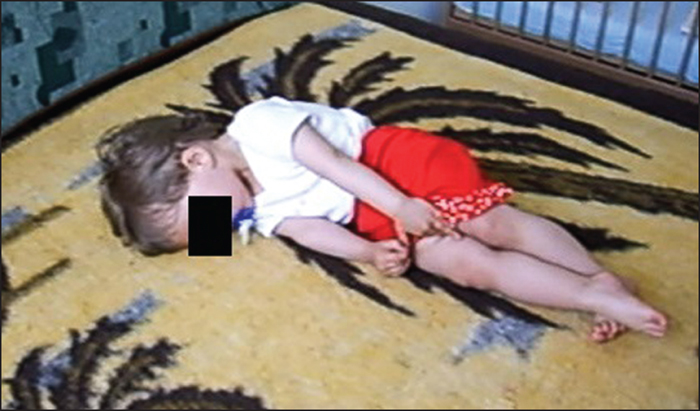Epileptic Disorders
MENUParoxysmal non-epileptic events in infancy: five cases with typical features Volume 21, issue 5, October 2019
- Key words: benign neonatal sleep myoclonus, jitteriness, shuddering, upgaze, gratification, non-epileptic paroxysmal events, infant
- DOI : 10.1684/epd.2019.1098
- Page(s) : 458-62
- Published in: 2019
The differential diagnosis of paroxysmal non-epileptic events in early childhood is one of the most challenging tasks in paediatrics, and may be difficult even for specialized child neurologists. Parents are usually concerned by every unusual movement of their children and consult paediatric general practitioners immediately. We investigated five infants/toddlers (aged 1-30 months) referred by their general practitioners with a suspicion of epilepsy. None of them were ultimately shown to have epilepsy. Our aim was to determine the main reasons for referral and describe, through images and video, the typical features of five non-epileptic paroxysmal events (benign neonatal sleep myoclonus, jitteriness, shuddering attack, paroxysmal tonic upgaze, and infantile masturbation). The review of these events reveals the significance of the circumstances within the history of the patients. A detailed history is of considerable help in the differentiation of epileptic paroxysmal events from non-epileptic events, avoiding unnecessary investigations. Video-EEG examination is necessary only in cases when epilepsy is strongly suspected. [Published with video sequences].







